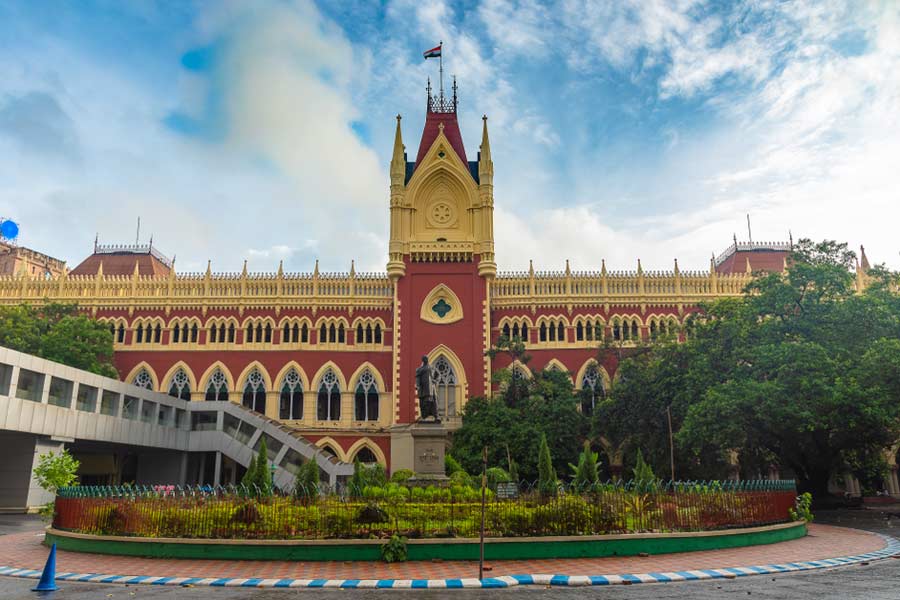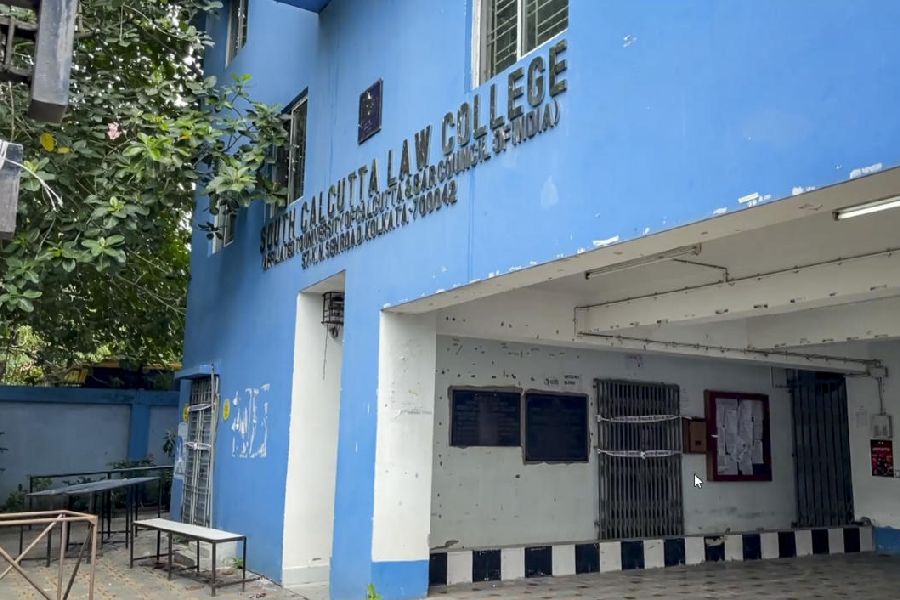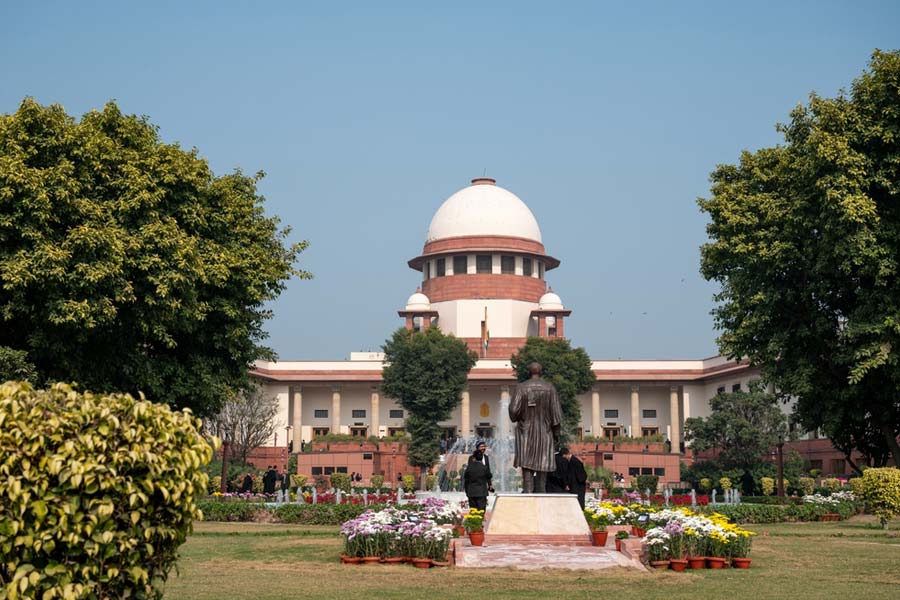
A certain kind of stone found in the Chotanagpur plateau, especially Khunti, has suddenly found its creative voice, after centuries of lying mute or being used for construction.
Sculptor Janak Jhankar Narzary from Bengal's university town Santiniketan, has succumbed to the brawny charms of what The Telegraph calls the Khunti granite.
"The stone, when polished, has an attractive texture of fine granite," said Narzary, now 67, and a retired professor of Kala Bhavana, the art wing of Viswa-Bharati, the university Rabindranath Tagore's founded.
"As a sculptor, I'm happy to have found a new medium," added Narzary, in Ranchi recently on a short trip.
Though he did not say why, a source said he was invited by a public sector undertaking for initial talks on a Ranchi beautification project.
"Ranchi's look can undergo an aesthetic change if the locally available stone is used to construct certain structures on roadsides. In urban architecture, there's too much of cement and steel," Narzary said.
Narzary is not the only one who is so smitten with the stone that's commonly used as a construction material.
In February, at the 11-day international friendship art workshop coordinated by acclaimed Jharkhand artist Haren Thakur and organised by the state art and culture department, among others, artists from abroad such as Australian Birgit Grapentin, Thailand's Loppadon Viroonchatapun and Bangladesh's Hasima Haque Mitu had worked on it, too.
Going by the response of sculptors then - and Narzary was among Indian participants then who had also chosen to work on Khunti granite - the stone had drawn parallels with Rajasthan's famous makrana marble.
"Even then, I remember thinking how this stone can be used to beautify your state capital," Narzary said. "It's found aplenty here, looks good and has a very attractive texture. There are so many temples along roads that can be made more attractive by adding stone panels with eye-catching relief work," he added.
Hailing from Assam, Narzary pursued painting, theatre and music since his schooldays in Kokrajhar.
"Though my father wanted me to help him in farming, I was restless, I yearned to do something different. As a youngster, I went to Calcutta to appear for an admission interview for the Pune-based Indian Film and Television Institute because legendary filmmaker Ritwik Ghatak was its principal then," said the sculptor.
But, Narzary's destiny lay in capturing images on stone, not a movie camera. "Instead of going to film school, I somehow changed my mind and went to Santiniketan to study fine arts instead. Didn't look back," he said.
Graduating from Viswa-Bharati, he did his masters from MS University in Baroda and won a Fulbright scholarship to Boston University and then returned to Santiniketan to teach at Kala Bhavana till he retired in 2013.
His love affair with the chisel and stone continues.










